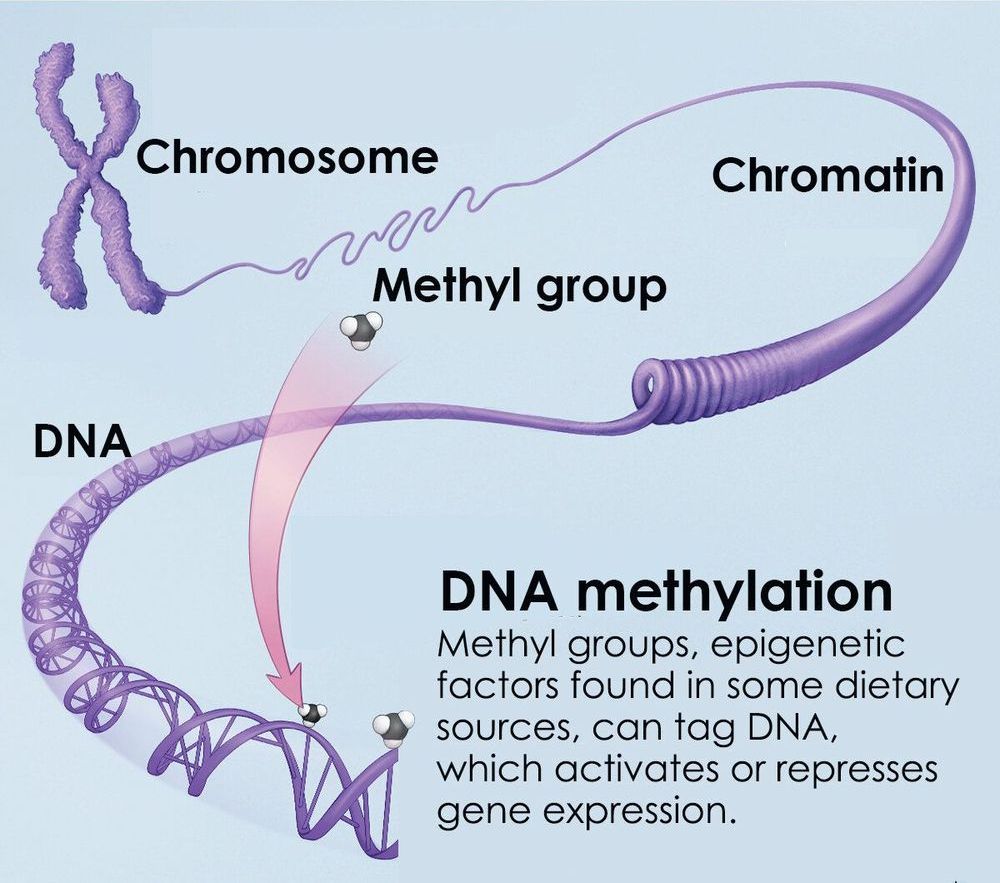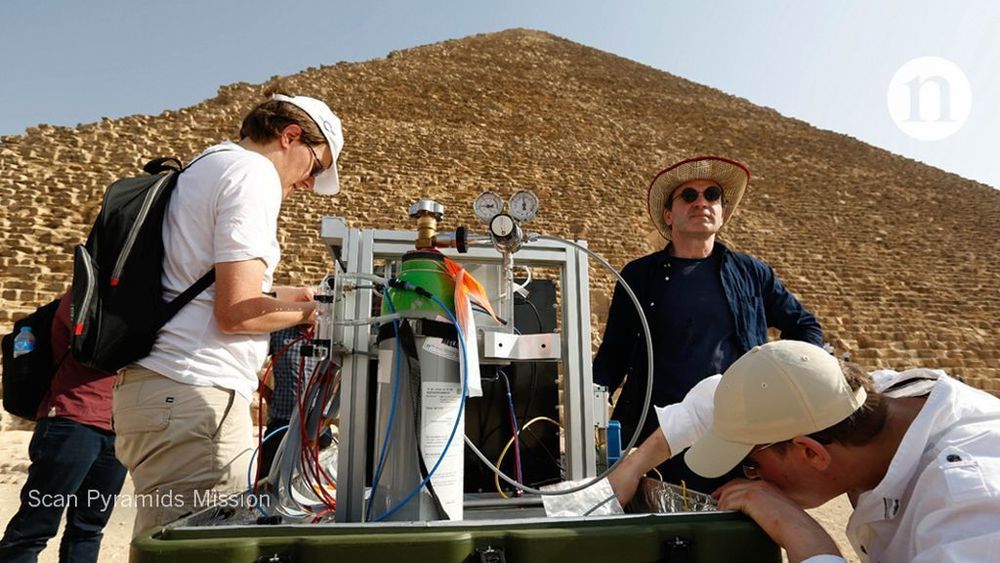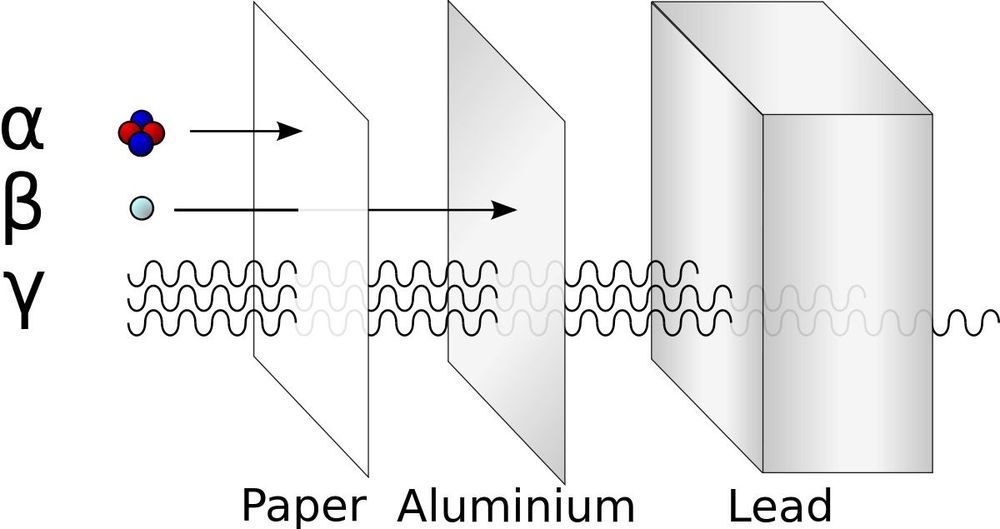Wingcopter and UPS Flight Forward (UPSFF) are collaborating to develop package delivery drones.
The companies will work toward earning regulatory certification for a Wingcopter unmanned aircraft to make commercial delivery flights in the United States, according to a news release. This partnership represents “a critical step toward building a diverse fleet of drones with varying capabilities to meet even more potential customer needs.”
The Wingcopter drone is capable of vertical takeoff and landing in tight spaces and transitioning to high-speed horizontal flight. Its patented tilt-rotor mechanism enables a seamless transition between the two drone modes—multicopter for hovering and fixed-wing for low-noise forward flight. The aerodynamic drone provides stability even in harsh weather conditions.







